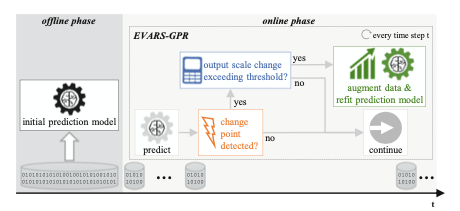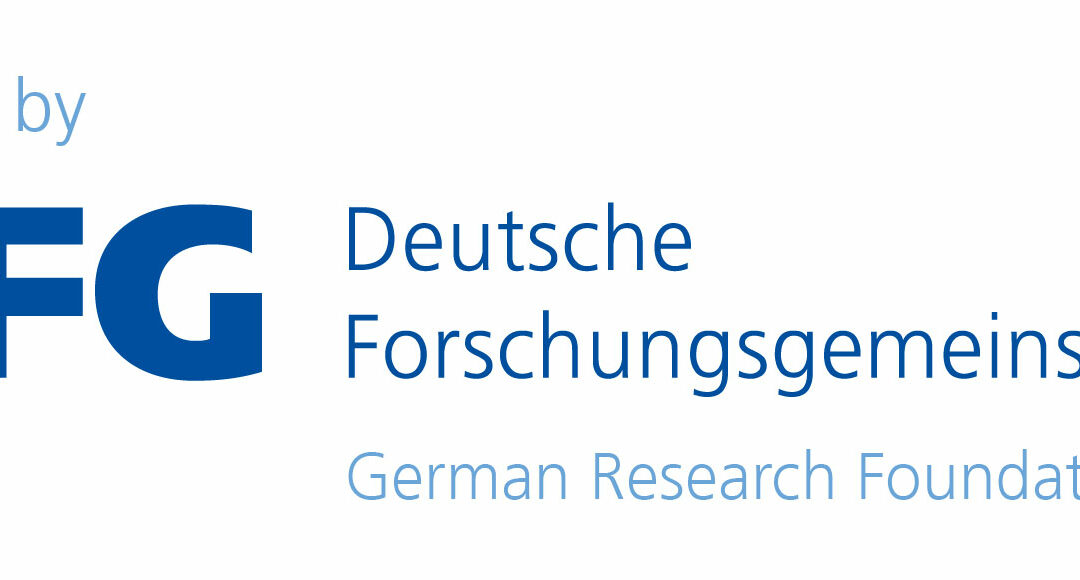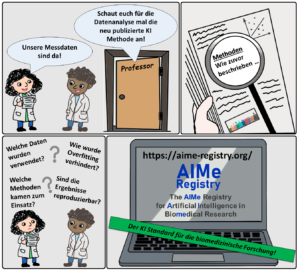
Jonathan joins the Team as PhD Student
Jonathan joins the team as PhD students. He will work on novel machine learning and reinforcement learning problems within the project “Reinforcement Learning for Automated Flowsheet Synthesis of Steady-State Processes”, funded by the German Research Foundation (DFG).




